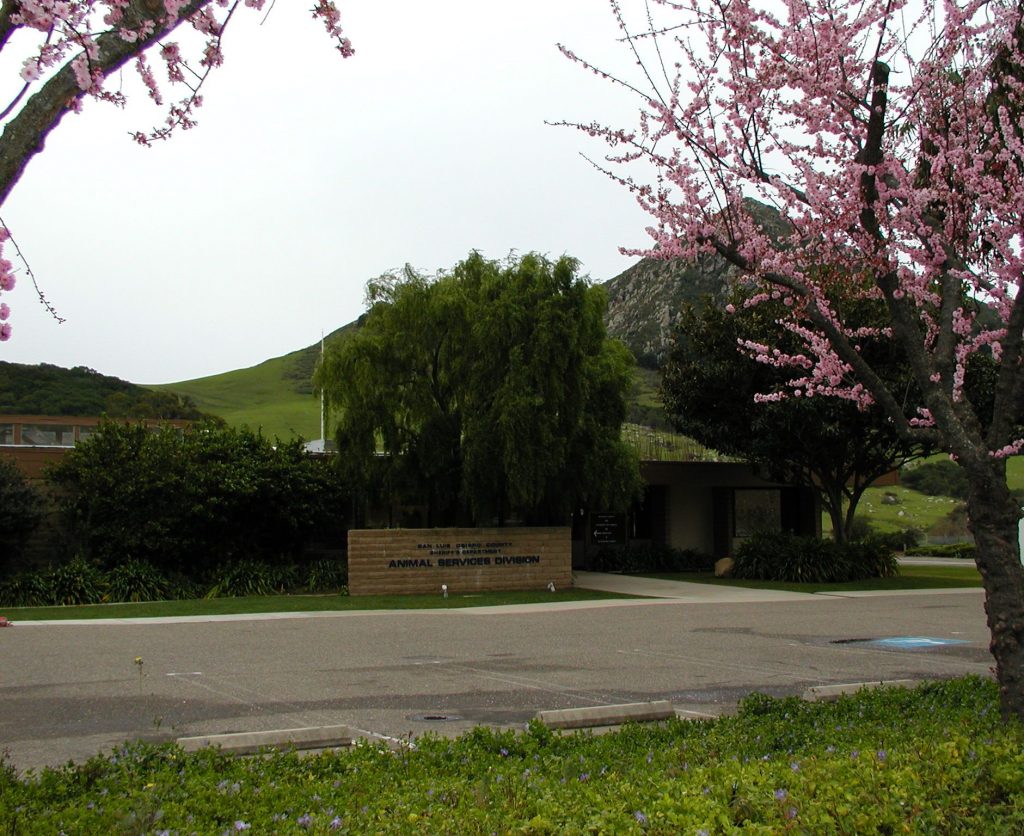Let’s face it, not all horse owners are created equally. While most of us cannot imagine mistreating our beloved equine partners, there are horses out there who are in need of help every single day. Who steps in when horses are kept in unsafe, uninhabitable, poor and unsanitary conditions?
Recently 11 horses were reported to be in such deplorable conditions here in SLO County that someone had to step in. “Usually livestock issues in unincorporated areas falls to the Sheriff’s Department. Animal Services handles cases in the incorporated areas,” explained Dr. Eric Anderson DVM, Animal Services Manager of SLO County. “However, these horses had to be removed and held. We have the facilities to house horses so Animal Services got involved.”
What does Animal Services do for removed horses needing to be re-homed?
“We have large paddocks for short term housing,” replied Dr. Anderson. “The three stallions in this group were a challenge and had the nature to get out. So we worked with The Equine Center in San Luis Obispo to place the stallions where they were able to be individually stalled.”
Animal Services is located off Hwy 1 in San Luis Obispo. The horse paddocks are visible from the highway. This visibility shows the horses to the public as they drive by. “We had people waiting to adopt some of these horses when they were ready because they had seen them hanging out in the horse paddocks,” explained Dr. Anderson.
The stallions went to The Equine Center to be gelded and handled by experienced horse people. They are now ready to be adopted. Nummi, Scout and Adam are awaiting their new homes.
How involved is Animal Services with the horse adoption process?
“We tend to be more involved with horse adoptions. They are an animal who need to be adopted by someone who knows how to handle and care for a horse,” responded Dr. Anderson. “We’ll do an initial adoption interview. We make sure the prospective adopters know what they are getting into. We make sure they know horses are high-care animals, require specialized handling, can be costly and demand time. We may also go out and do a site inspection of the proposed new home.”
There is no cap on how long a horse can stay at Animal Services. “Most horses,” says Dr. Anderson, “are highly adoptable. Some may have medical issues, are aged or not functional. In that case if we can’t find a place for the horse to spend time, we keep the horse as long as we can if they remain healthy. In the case of a tough placement we reach out to horse rescue facilities.”
What do local horseman need to know about contacting Animal Services?
If you have a concern about the welfare, neglect, abuse, nuisance or public safety of a horse or group of horses please contact the Sheriff’s Department for issues in the unincorporated areas of the county and Animal Services for concerns in the incorporated areas of the county.
Please note that what is acceptable care giving for livestock is different from domestic pets. People have different perspectives on water quality, feed and housing. Public standards for livestock can be at a different level than what the industry knows to be acceptable.
Animal Services can’t take in horses whose owners simply can’t provide for them anymore. This is where a Horse Rescue facility can be utilized.
How is Animal Services funded?
Animal Services’ funding comes from the county in addition to cities who contract with them to handle animal cases. Private donations are welcomed and may be applied to animal care, medical care and livestock housing. To keep up to date you can read the news section on the SLO County Animal Services website.
Final thoughts
Dr. Anderson values the vital role horses have played in our Western American culture. “Civilization has progress through a relationship with the horse. The impact has been remarkable,” he expressed. Dr. Anderson wants to protect our equine friends, especially those who need someone to step in to help them.





